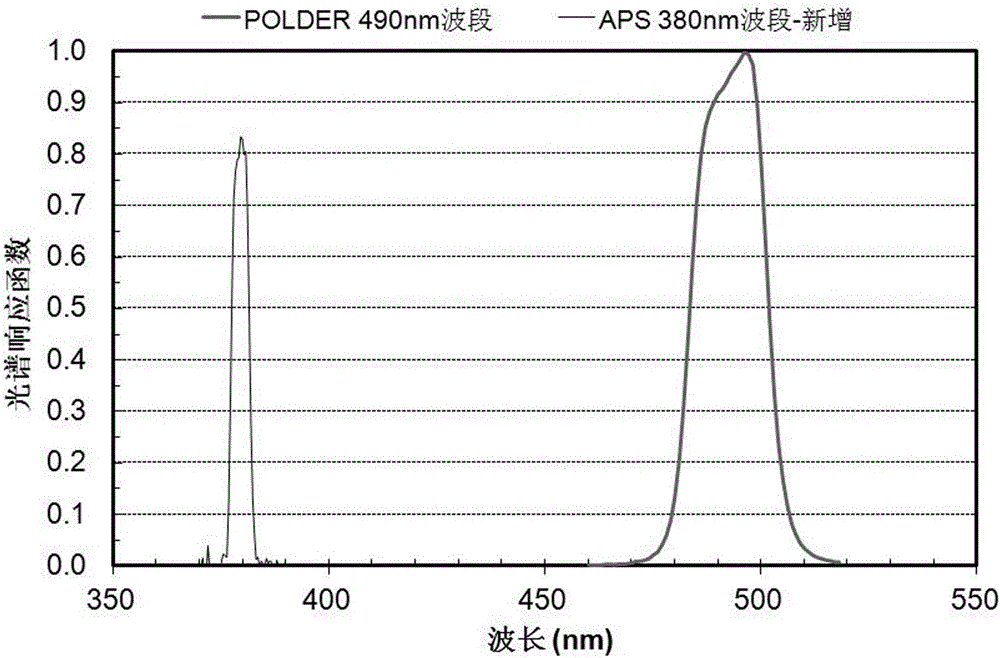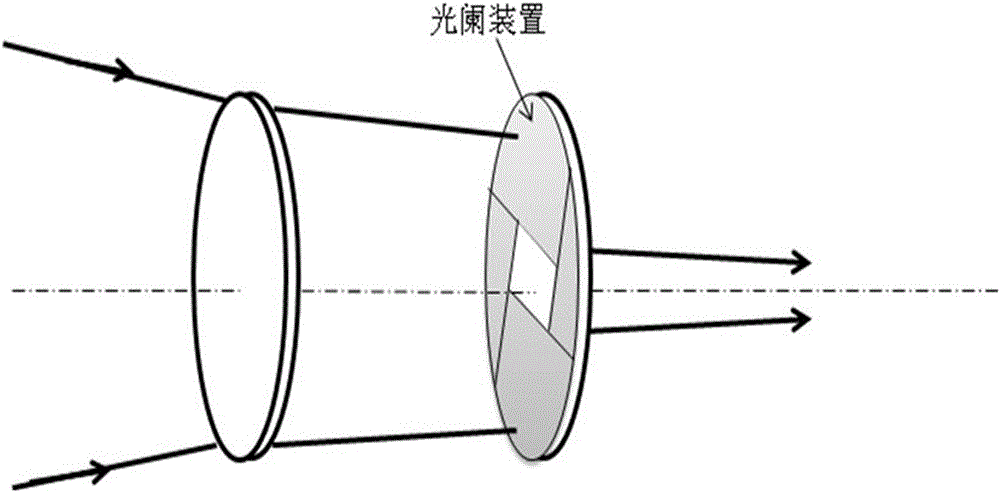A Method for Detecting Atmospheric Aerosol Parameters by Spaceborne Sensor "Polarized Crossfire"
An atmospheric aerosol and sensor technology, applied in instruments, analytical materials, etc., can solve the problems of low detection accuracy, lack of polarization detection capabilities of EarthCare satellites, and low particle size inversion accuracy, and achieves improved calibration accuracy and improved inversion. The effect of acting ability
- Summary
- Abstract
- Description
- Claims
- Application Information
AI Technical Summary
Problems solved by technology
Method used
Image
Examples
Embodiment Construction
[0043] In order to further explain the technical means and effects of the present invention to achieve the intended purpose of the invention, the structure and work flow of the present invention will be described in detail below with reference to the drawings and preferred embodiments.
[0044] The "polarized crossfire" scheme proposed by the present invention includes three key technical issues, and special attention is paid to the comprehensive solution of these three issues based on the same platform under the premise of my country's existing load research and development foundation and technical level, so as to achieve systematic improvement of satellite remote sensing gas. The goal of sol capacity.
[0045] (1) Simultaneous detection of multiple aerosol parameters.
[0046] The prior art 1 adopts spectroscopy and multi-angle detection methods, and has good ability to detect parameters such as total aerosol. However, due to its band configuration and lack of polarization and other...
PUM
 Login to View More
Login to View More Abstract
Description
Claims
Application Information
 Login to View More
Login to View More - R&D
- Intellectual Property
- Life Sciences
- Materials
- Tech Scout
- Unparalleled Data Quality
- Higher Quality Content
- 60% Fewer Hallucinations
Browse by: Latest US Patents, China's latest patents, Technical Efficacy Thesaurus, Application Domain, Technology Topic, Popular Technical Reports.
© 2025 PatSnap. All rights reserved.Legal|Privacy policy|Modern Slavery Act Transparency Statement|Sitemap|About US| Contact US: help@patsnap.com



